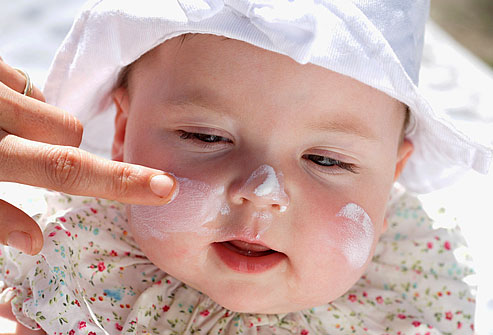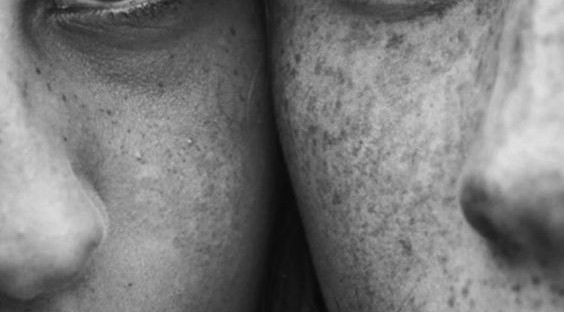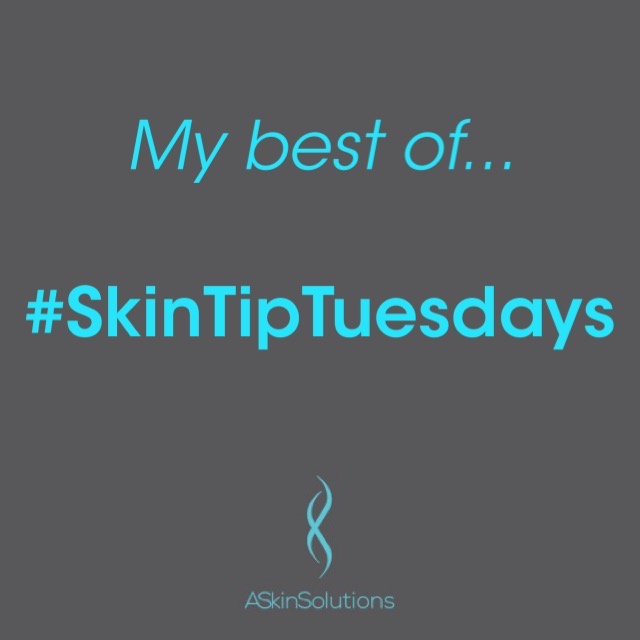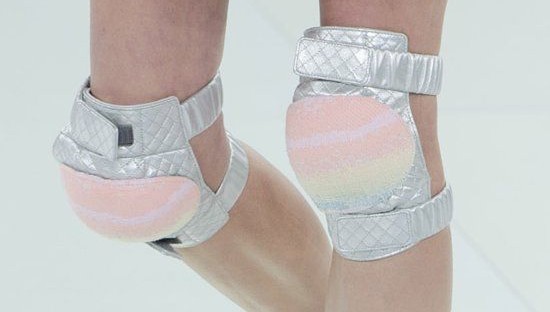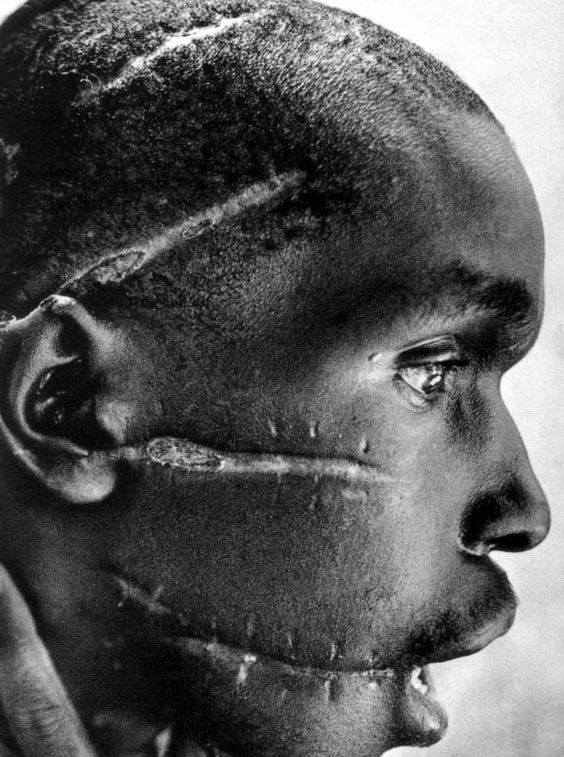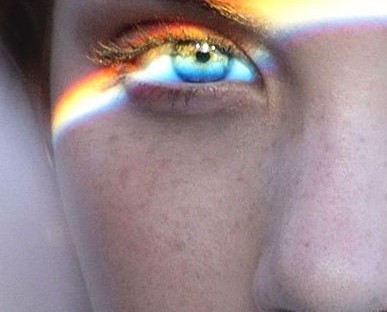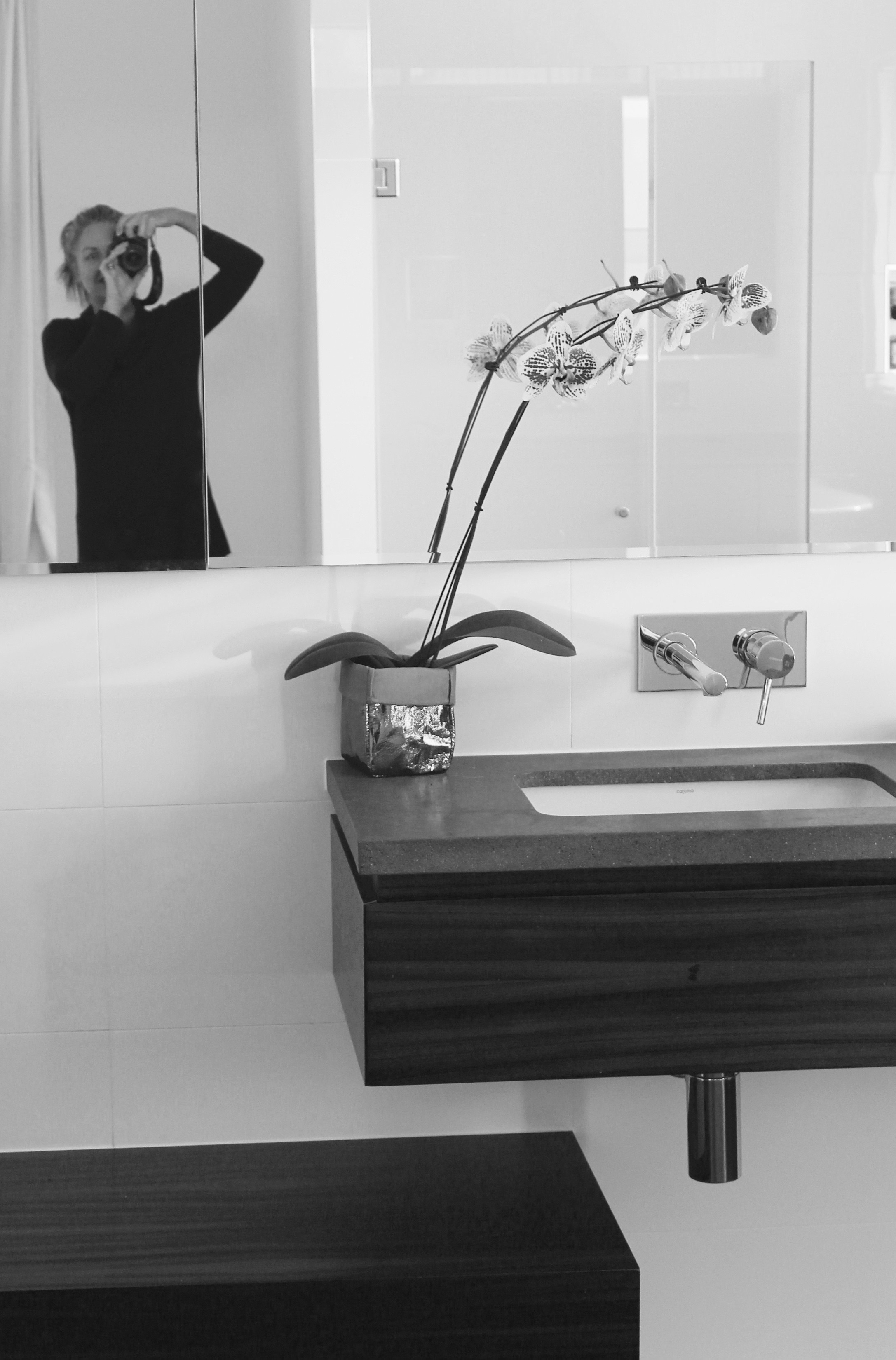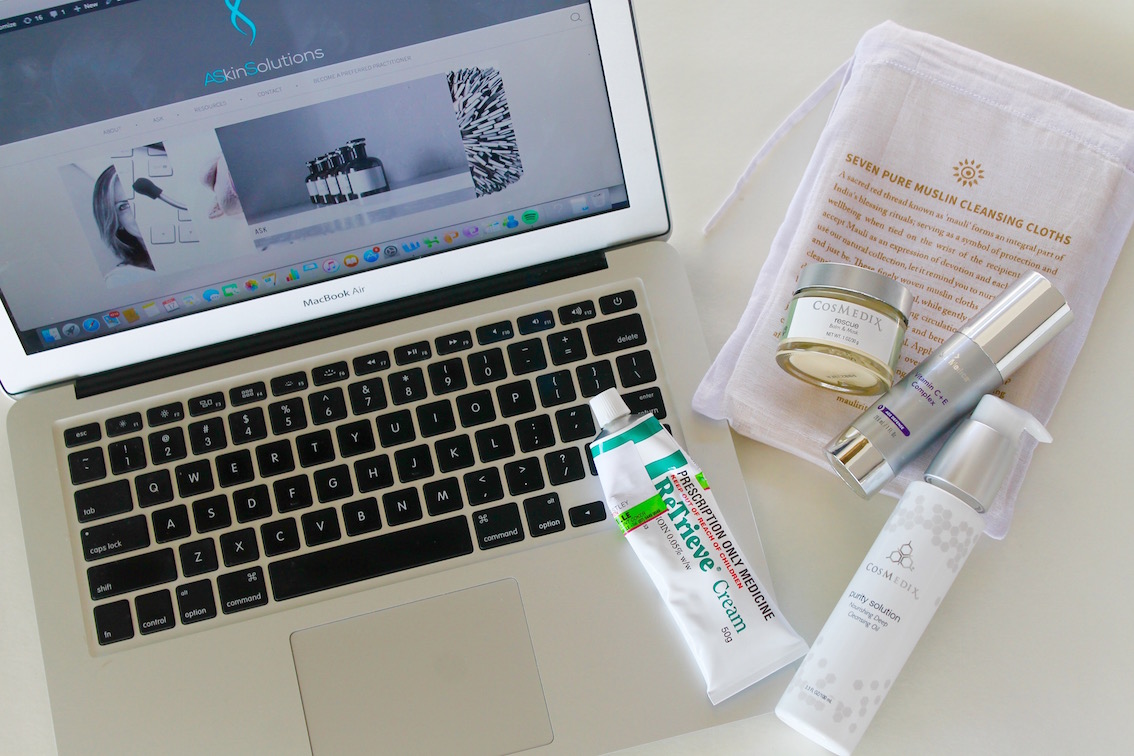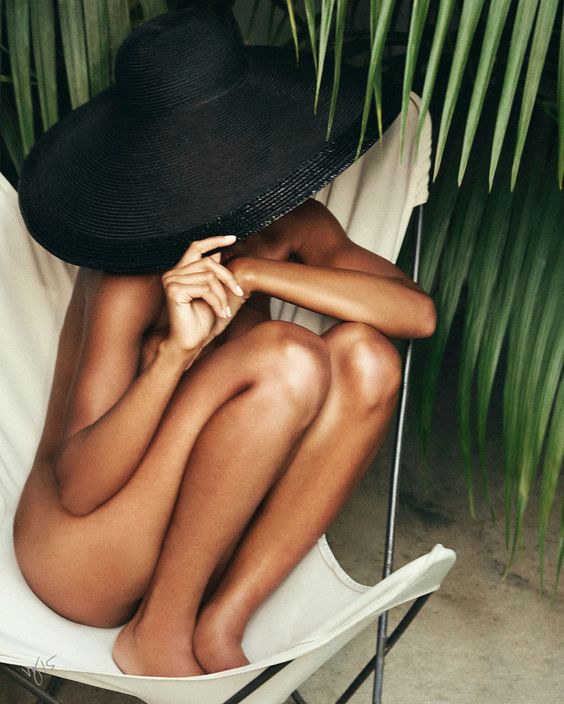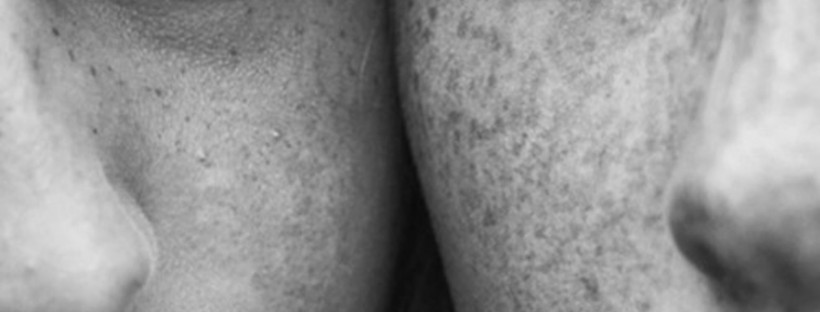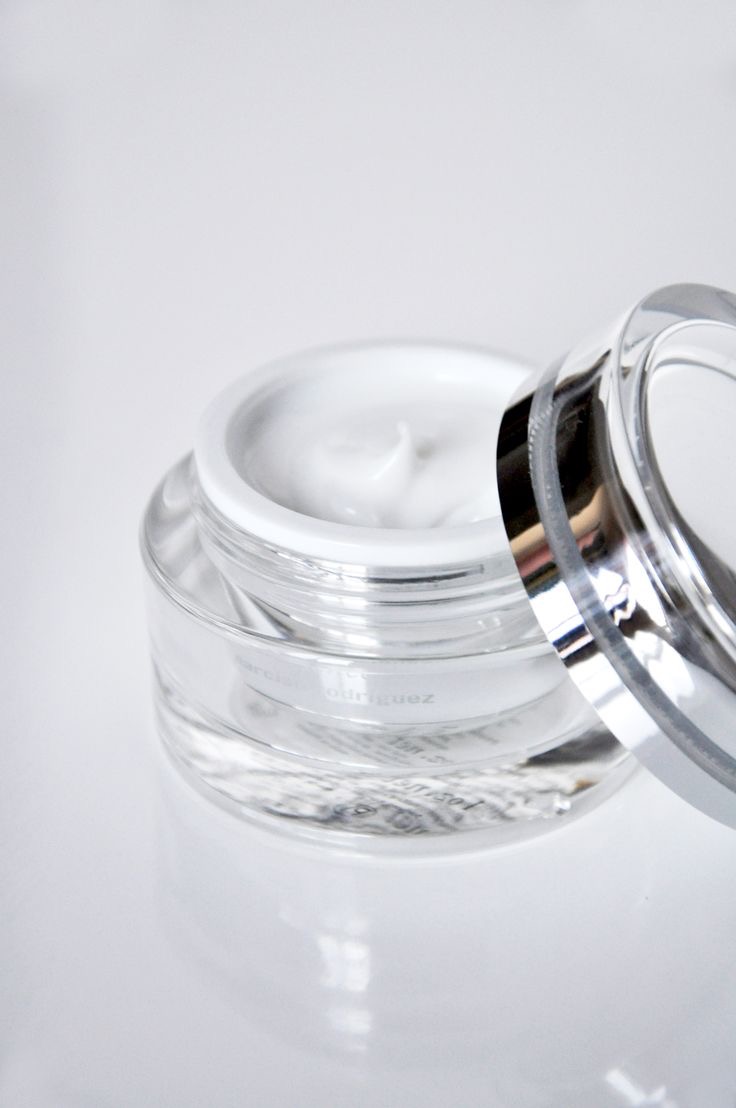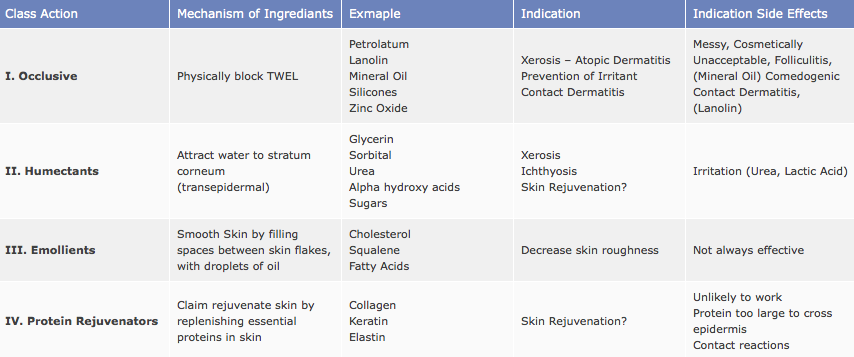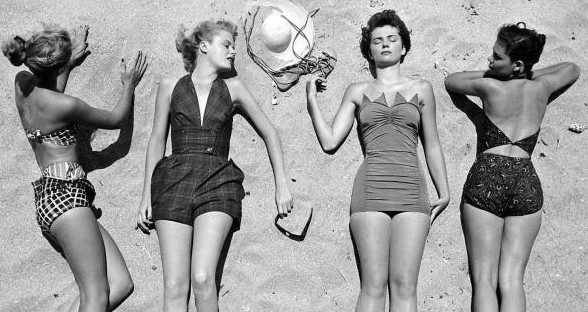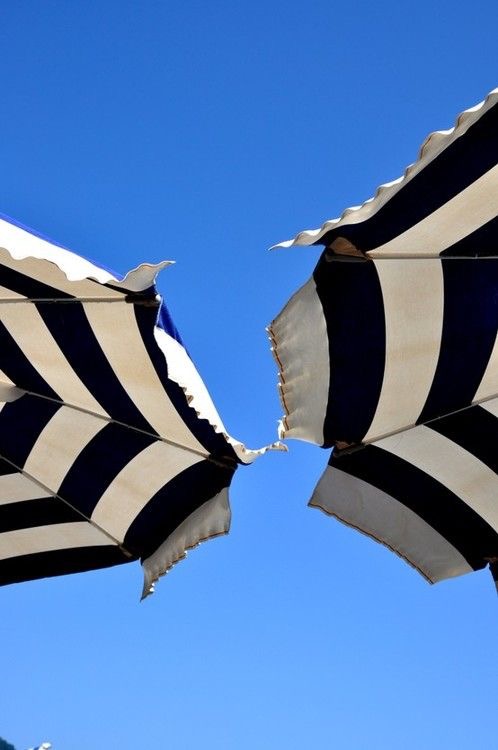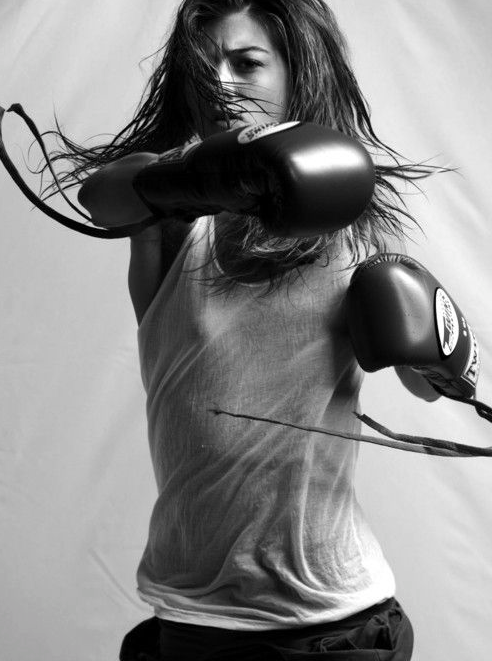‘No One Puts Baby in the Sun’, but many times it’s unavoidable. Many mothers have experienced the sickening feeling of realising their babies have been sunburnt. As you may have recently read one of Australia’s most trusted sunscreen brands has come under fire after an horrified mother took to Facebook to show her gorgeous 3 month old baby suffering the effects of what she describes as a ‘rash/burn’ after using the Cancer Council Peppa Pig 50+ sunscreen to protect her baby whilst outdoors. This story unleashed a barrage of over 1600 comments initiating a dialogue amongst parents, many of whom appeared to be unaware of how to adequately provide sun protection for their young babies.
The Cancer Council of Australia aren’t the only sunscreen manufacturers on the end of the ‘angry stick’ of unhappy parents who’ve applied sunscreen to their babies, assuming their babies are protected, only to have their children suffer nasty sunburn/rashes….. just the most recent.
Viewing the photos on Facebook it’s easy and understandable for us mothers to apportion blame on the sunscreen manufacturer. Its heart wrenching and very emotional to see your, or any baby, hospitalised with such a severe reaction to the sun, especially as a parent who is practising the Sunsmart message of Slip Slop Slap; but for very young babies whose skin is skin is vulnerable to the absorption of chemicals and with no natural protection against the sun’s harmful rays, sunscreen may not be the most appropriate method of sun protection according to the American Academy of Paediatricians.
but first some background….
a melanoma lottery!
One lottery you don’t want to buy a ticket for….!
We now know skin cancer develops as a result of earlier sun exposure and just one blistering childhood sunburn can increase the risk of developing melanoma by up to 50% later in life according to authorities.
Should you apply sunscreen to babies?
Paediatricians recommend avoiding sun exposure altogether in the first 6 months of life. However where sun exposure is unavoidable, an inorganic sunscreen such as zinc is preferred rather than a chemical sunscreen, on sun exposed areas, which may be less irritating to baby’s sensitive skin.
Why cant I use sunscreen on my baby?
Babies skin differs from adults in that it starts at birth with very little protection and develops its protective barrier function throughout the first 33 months of life.
The higher skin-surface area to body-weight ratio, and thinner epidermis means greater absorption of chemicals in sunscreens through the skin, increasing the risk of adverse skin reactions such as photo allergic rashes. These factors together with a lack of melanin (the pigment which gives skin it’s colour and which offers limited natural sun protection) make a baby’s skin far more vulnerable to the suns harmful rays when compared to adults or children.
Melanin offers natural but limited sun protection from the sun’s harsh rays and should not be relied upon for sun protection in adults or children.
Tips to protect babies from sunburn
less than 6 months
- Keep babies less than 6 months out of the sun and in the shade as much as possible
- Use window shades for car windows
- Choose a pram with a movable hood to provide screening
- Purchase pram shade covers which are able to block 70% or more of the suns harmful UV rays. These are often a combination of densely woven fabric combined with a mesh section to allow for air circulation and for baby to see.
- Dress baby in lightweight protective clothing including hat and protective eyewear
- Watch your baby carefully for signs of sunburn such as redness or fussiness- this may be a sign they’re uncomfortable with the heat and getting sunburned.
Tip; If you can see through the light weight fabric it probably doesn’t offer much sun protection.
Babies 6 -12months
- Sunscreen may now be used but patch testing is advisable. Patch test using a small amount on the inside of the wrist over a 3 day period, checking for any irritation or redness prior to use.
- Continue to dress baby in light weight sun protective clothing.
- A broad spectrum sunscreen sensitive skin/tear free formula is advised to apply to exposed areas such as arms and legs
- Apply sunscreen 30 minutes before venturing outside and reapply every 2 hours, or after excessive sweating or swimming.
- Avoid aerosol sunscreens as they don’t provide a reliable coverage
When it comes to sun protection in babies prevention is always better than cure. Practise safe sun protection and if baby shows signs of becoming sunburnt, get out of the sun immediately and apply cool compresses, keep well hydrated with breast milk/ formula/water and see your Doctor.
